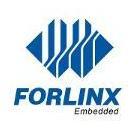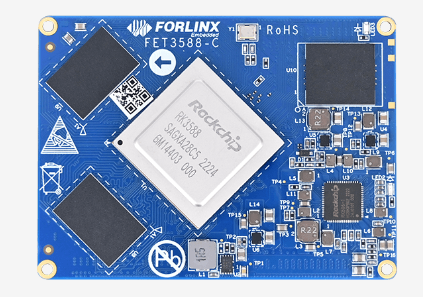Search the Community
Showing results for tags 'rockchip rk3588'.
-
FET3588-C System on Module based on Rockchip RK3588 FET3588-C System on Module (SoM) carries Rockchip’s advanced hybrid processor RK3588 contains quad-core Cortex-A76 and Cortex-A55 cores, A76 core runs up to 2.4GHz, and A55 core clocks up to 1.8GHz. It has a super advanced engine that can support up to 8K output and quad-screen with different content output; The SoM has been subjected to rigorous ambient temperature testing, which proves that it could be a trusted and best option for your high-end applications and products. Feature of Rockchip RK3588 8K video codec, can support various codec forms; ISP3.0 up to 48MP; Various video outputs up to 8K@60Hz; 4 PCIe3.0 and 3 PCIe2.1, up to 8Gbps; Multiple USB3.1 Type-C can support SATA3.1; FET3588-C System on Module (SoM) OK3588-C Single Board Computer
-
- rockchip rk3588
- rk3588 som
-
(and 1 more)
Tagged with:
-
FET3588-C System on Module (SoM) carries Rockchip’s advanced hybrid processor RK3588 contains quad-core Cortex-A76 and Cortex-A55 cores, A76 core runs up to 2.4GHz, and A55 core clock up to 1.8GHz. It has a super advanced engine can support up to 8K output, quad-screen with different content output; The SoM has been subjected to rigorous ambient temperature testing, which approves that it could be a trusted and best option for your high-end applications and products. Feature of Rockchip RK3588 8K video codec, can support various codec forms; ISP3.0 up to 48MP; Various video outputs up to 8K@60Hz; 4 PCIe3.0 and 3 PCIe2.1, up to 8Gbps; Multiple USB3.1 Type-C can support SATA3.1;



